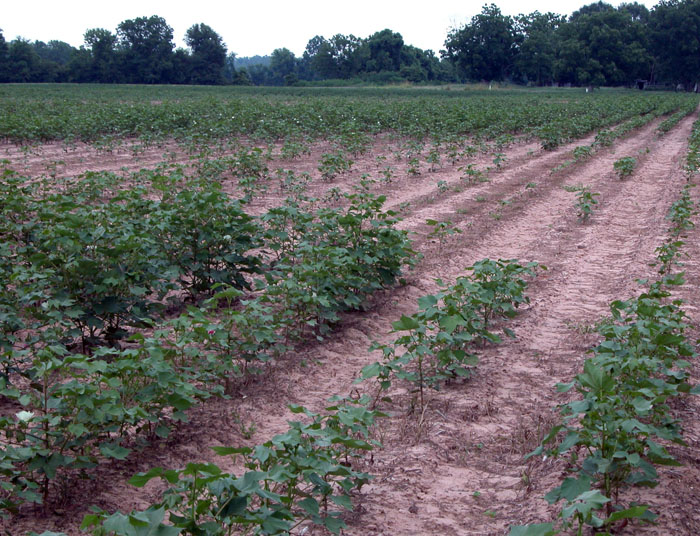
Cotton farmer Kenneth Hood says some cotton farmers face two choices: either control root-knot nematodes or get out of the cotton business.
Hood, who along with brothers, Cary, Curtis and Howard, manages Perthshire Farms, a 13,000-acre cotton, corn, soybean and wheat operation in the north Mississippi Delta. He says they know where the blame lies for the problem they face. Some of their fields have been in cotton for 50 years.
But that doesn’t lessen the seriousness of the dilemma. With the permanent loss of aldicarb or Temik from the marketplace, growers no longer have a relatively cheap and effective chemical means of controlling the underground pests. Telone, a soil fungicide and nematicide, is effective but expensive, costing around $50 per acre.
Hood talked about the situation and the steps he and his brothers are taking to try to deal with root-knot nematodes during a presentation at the National Conservations Systems Cotton and Rice Conference in Tunica, Miss.
“I can’t keep raising cotton – my yields have gone to pot because of root-knot nematodes,” he said. “It costs $50 an acre to put out Telone so what can I do to offset some of those costs? If I don’t, I’ve got to get out of the cotton business.”
Hood and Tom Allen, Extension plant pathologist with Mississippi State University, are experimenting with only applying Telone only in high root-knot nematode population areas. Another possibility is reducing seeding rates using precision farming techniques. Hood decided to try a new approach to the latter in 2013.
“Over the years, I’ve tried to lower plant populations, and I didn’t like what I saw,” he said. “It affected my yields. But we started asking why do every row the same all the time.”
Hood decided to vary the seeding row on his 12-row planter, planting three seed every 12 inches on one row on one side and three seed per 24 inches on one row on the other. The cotton on both sides was handled the same way throughout the growing season.
Read more about Hood and his root-knot nematode strategy at “Reducing costs may help cotton producers stay in business.”
About the Author(s)
You May Also Like






